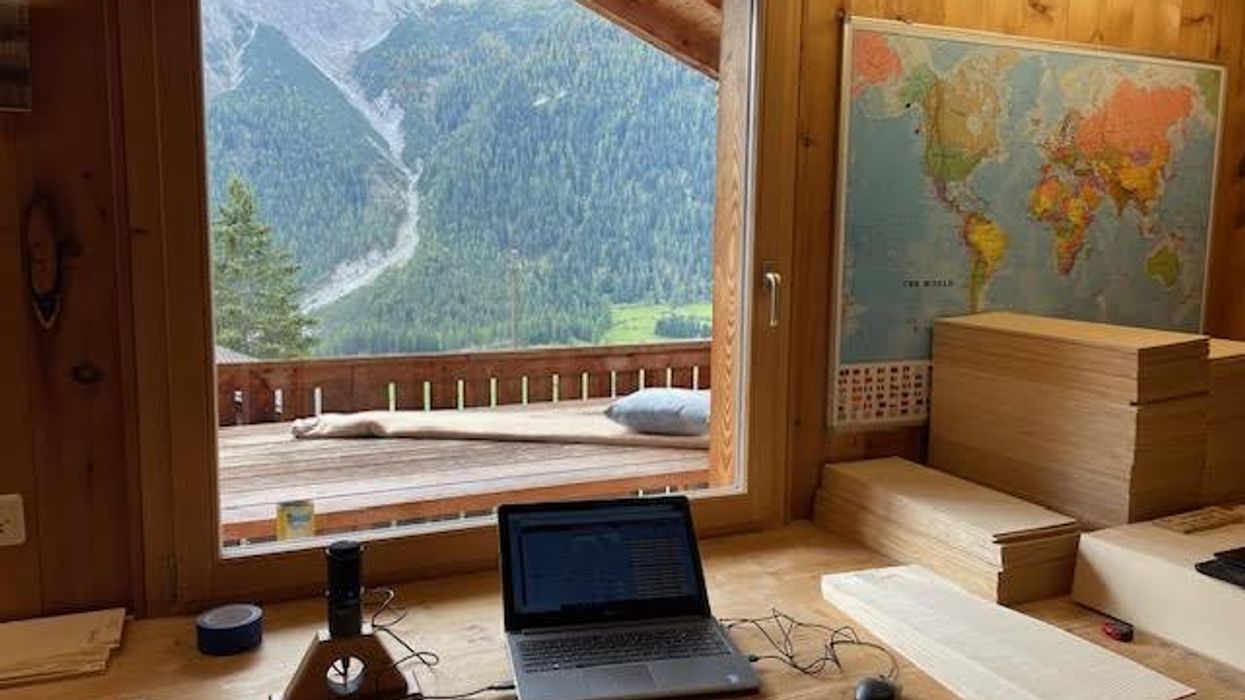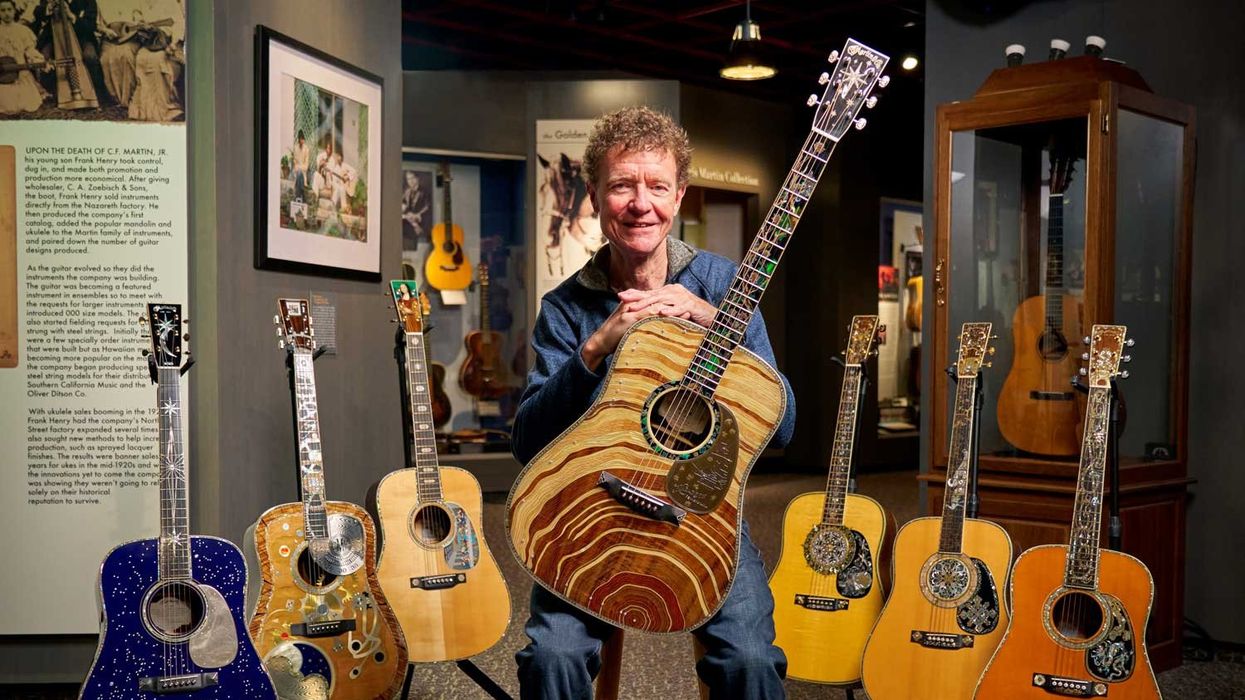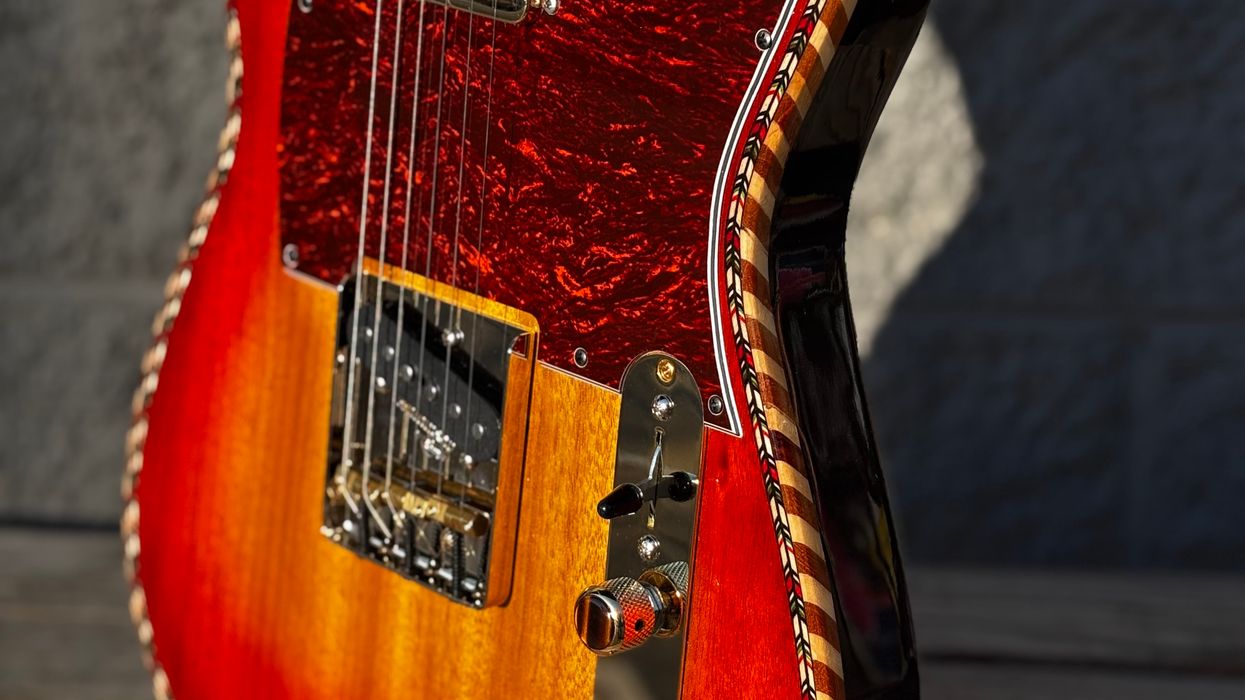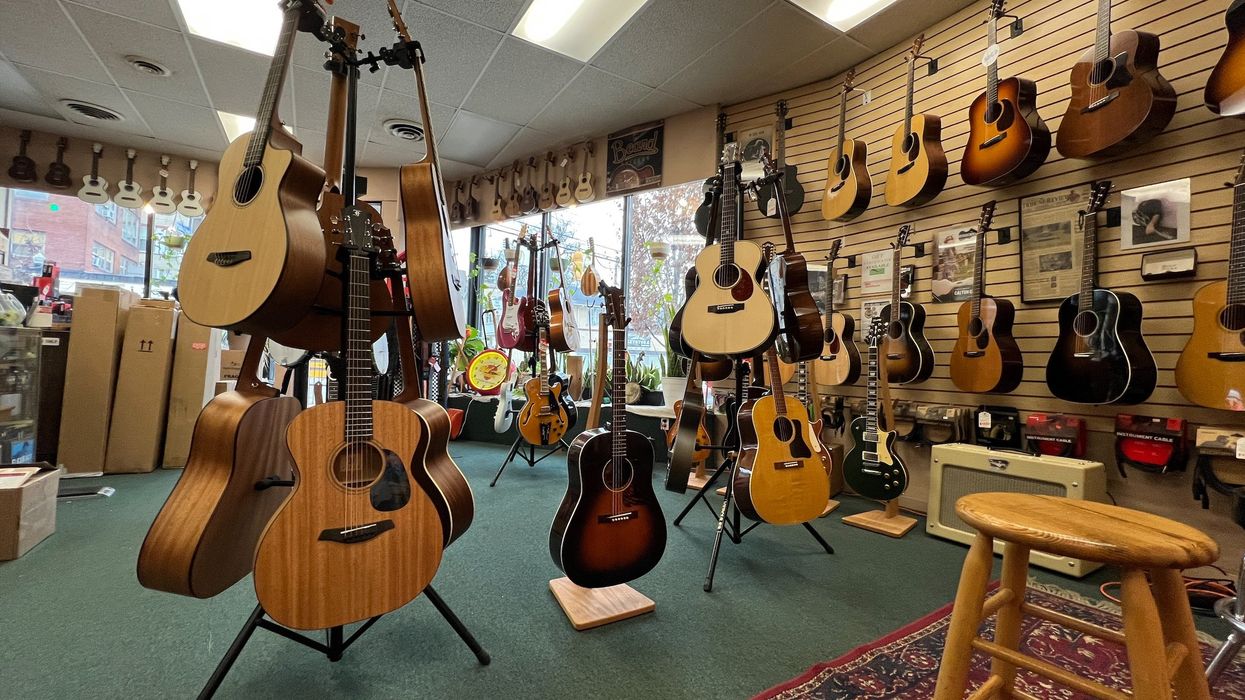After two-and-a-half years of Covid-created mayhem, who doesn’t want to celebrate? And what better way to celebrate survival and better times to come than with a new rig? The bucket list of guitars you’ve wanted for months or even years is long, but this is no time to start at the bottom. Whether it’s a guitar, that otherworldly octave mandolin, or an amp or boutique pedal, it’s time for a reward that only you can deliver. The top item on your list is finally available, you’re ready to buy, but suddenly you notice the price: What the …? Are they kidding? You check other sources but it’s not a misprint, and certainly not a joke. The price of your reward to yourself for sticking it out and staying safe has gone up, and not by just a few bucks. You’ve been eyeing this gear for quite a while and the price hadn’t changed much—until now. What’s going on?
Welcome to inflation, the killjoy that punishes you for not having purchased something months earlier, perhaps before you could afford it. In retrospect, a few months of additional interest on your credit card would have been a bargain compared to the price increase you’re looking at now. Unless you’ve been living in a cave in the wilderness, you’ve heard about inflation, of course, and noticed it at the grocery store, and you’ve certainly felt it if you’re putting gas in your car. But when inflation hits your music budget, it feels personal, more insulting, and unfair.
The shock a price hike delivers depends more upon your age than you might think. For geezers like this writer, the recent price increases of guitars don’t seem that horrible. But those who started buying guitar gear less than 30 years ago usually began their shopping in a very different pricing landscape, so some time-machine data crunching might help ease the pain. Rather than wade into the Wall Street weeds of charts and graphs tracking inflation over the last several decades, we’ll use the cost of Martin’s venerable D-28 acoustic, partly because it’s so well-known but also because the model was essentially unchanged for so many years.
When inflation hits your music budget, it feels personal, more insulting, and unfair.
C. F. Martin had been forced to raise prices every year in the late ’60s, as labor costs in the U.S. were rising steadily. But inflation hit especially hard in the early ’70s. The cost of building an acoustic guitar like the D-28 was almost all labor—the prices Martin paid for Sitka spruce, East Indian rosewood, mahogany, plus a set of Grover Rotomatics and a case were a small percentage of what you were paying for when you bought a polished and playable dreadnought. Martin’s list price of a D-28 first crossed the $500 line in July 1972, when it went from $495 to $570. The next price increase came only nine months later and was even more painful, going up to $660. Then came two more price increases, and by September 1974 the price had jumped to $770. Those numbers represent a price increase of more than 50 percent between early 1972 and the fall of 1974. No wonder a popular parody of Janis Joplin’s humorous “Mercedes Benz” began:
Oh Lord, won’t you buy me a D-Twenty-Eight
My friends all have Martins, how long must I wait?
The prices keep rising, I fear I’m too late,
So Lord, won't you buy me a D-Twenty-Eight
Yet 20 years later, inflation in North America had long since cooled. Price increases throughout the ’70s and ’80s had taken their toll, and Martin’s D-28 crossed the $2,000 line in 1993 (to $2,060), but then leveled out. Ten years later, the MSRP of a D-28 was still less than $2,500 ($2,469 in 2004). That’s an increase of 20 percent over more than a decade. Needless to say, the young guitar-picker who’d been saving for a D-28 in the late ’90s, when the price was unchanged for five years and then went up only $69, didn’t feel punished for saving. But during the high-flying inflation of the early 1970s, even folk-rockers and the bluegrass faithful, at least when shopping for a new D-28, were singing the blues.
The takeaway from all this? Financial forecasts suggest that inflation isn’t going to back off in the near future. Buying that dream rig now rather than later is probably a good idea, especially if you put it to good use!


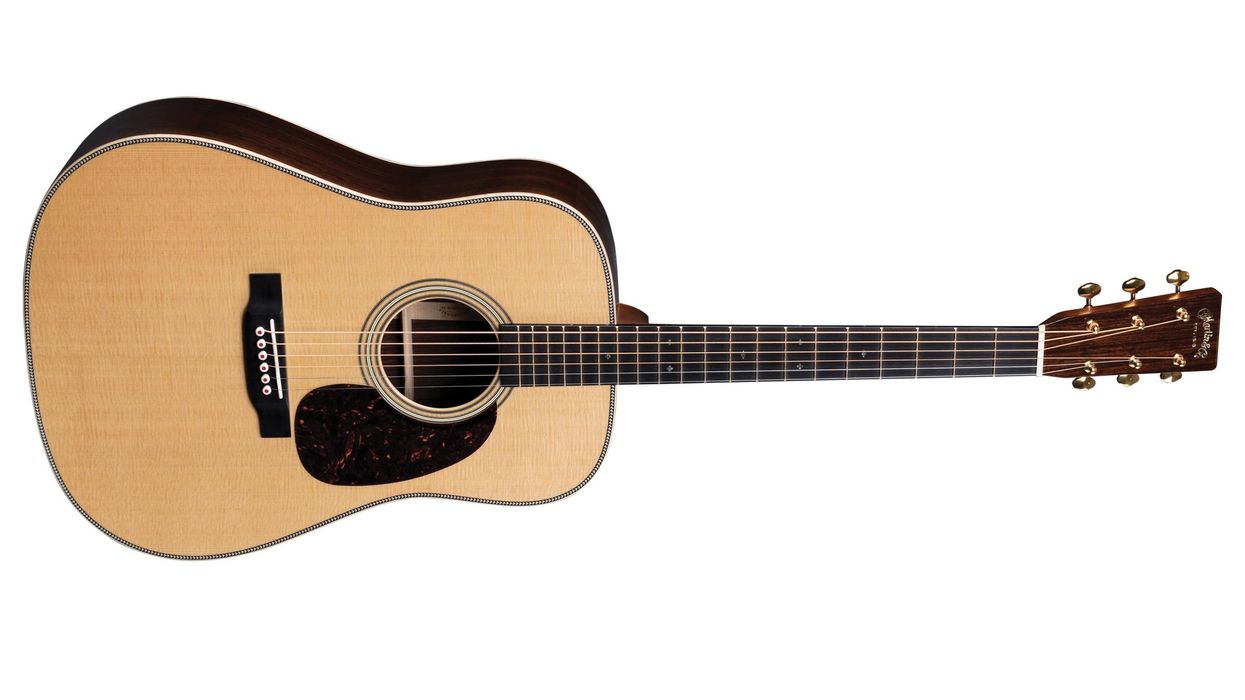









![Rig Rundown: Russian Circles’ Mike Sullivan [2025]](https://www.premierguitar.com/media-library/youtube.jpg?id=62303631&width=1245&height=700&quality=70&coordinates=0%2C0%2C0%2C0)


